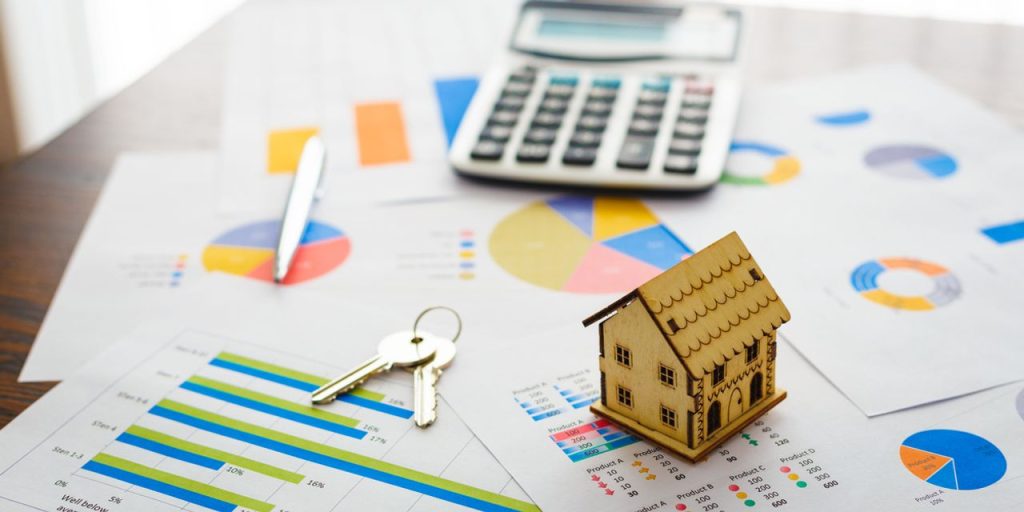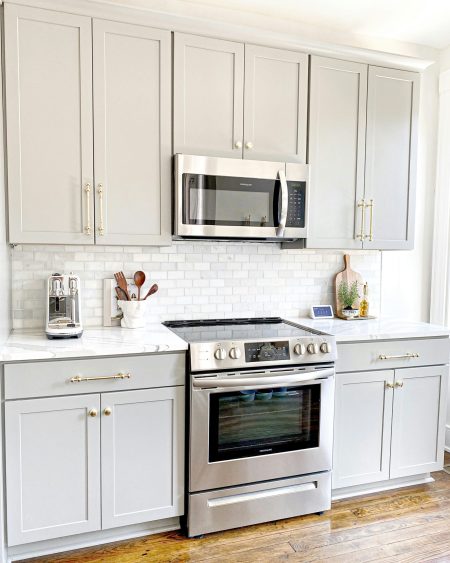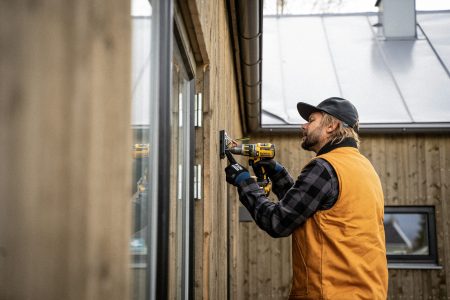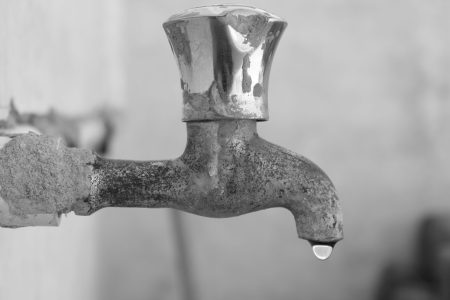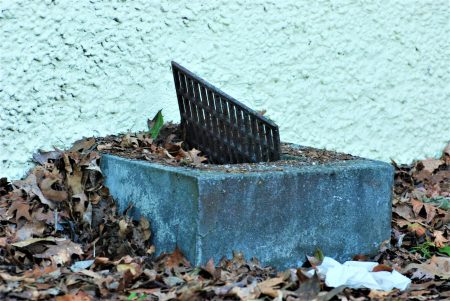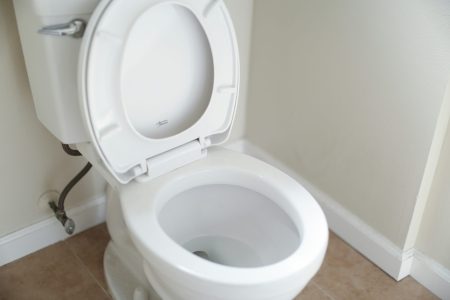New figures from real estate data company ATTOM reveal that the equity-rich portion of mortgaged homes (those in which property owner has at least 50% equity), have slipped at the fastest pace in at least 4 years.
According to the company’s 2023 US Home Equity & Underwater Report, 47.4% of mortgaged residential properties in the United States were considered equity-rich in the third quarter, down from 49.2% in the second quarter, marking the largest quarterly decline since 2019. The portion of mortgages that were equity-rich went down in 29 of the 50 US states, with the biggest declines occurring in the South in states including South Carolina, Florida and Kentucky. (See some of the best HELOC rates you may get now here.)
This decline in equity-rich homes represents “an unusual downturn at the equity-rich end of the spectrum,” says Rob Barber, CEO at ATTOM, though he adds that in general, “homeowner equity around the country remained strong during the third quarter as millions of households kept benefitting from the nation’s extended runup in home values.”
But why might home equity, in some cases, be falling? “If someone gets a home equity loan on top of their current mortgage, the amount of equity they have will fall by however much they borrowed with their new loan. Another instance where equity can fall is if the value of a person’s property declines,” says Jacob Channel, LendingTree’s senior economist.
Put another way, this means home equity might be falling in some areas because home values there are declining. “It could also mean that home equity is falling in other areas because homeowners are simply borrowing more against their properties,” says Channel.
No matter the explanation, there’s no need for homeowners to panic. Channel says it’s worth pointing out that even if equity is falling, it doesn’t mean it’s drying up. “On the contrary, many homeowners across the country are likely going to continue to sit on near record amounts of equity that they’ve accumulated since the start of the pandemic,” says Channel. “The overall increase in home prices over the past 3 to 5 years has allowed many homeowners to build up equity positions that are sufficient to safely borrow against,” says Kyle Enright, president at Achieve Loans. (See some of the best HELOC rates you may get now here.)
Should you get a HELOC or home equity loan?
Tapping into your home equity can be a good way to get access to cash to use for things like home improvement or consolidating higher interest debt. If you do need to tap into your home equity, the most common ways are via home equity loans and home equity lines of credit (HELOCs).
Home equity loans are delivered in a lump sum and you start repaying interest and principal immediately with a fixed rate for a set period. “A home equity line of credit acts like a credit card with a variable interest rate and you don’t have to pay principal immediately. It’s suitable for recurring expenses such as a multi-stage renovation,” says Holden Lewis, home and mortgage expert at NerdWallet. (See some of the best HELOC rates you may get now here.)
“Home equity loans typically offer qualified borrowers access to more money at a lower rate than what they might be able to get with a personal loan or a credit card. HELOCs can offer similar benefits to standard home equity loans as well as more flexibility for borrowers who might not need to use the total amount of money that they’re qualified to borrow,” says Channel.
That said, you can lose your home if you don’t repay this debt, so it’s imperative that you are smart about repayment. Indeed, homeowners should borrow against their equity only when they need to. “If you don’t need the money, it’s reckless to borrow just because your home’s value is falling. In the worst-case scenario, you could end up owing as much on your house as it’s currently worth, leaving you vulnerable to foreclosure if you suffer a financial setback and can’t pay your mortgage and equity loan,” says Lewis.
Fortunately, HELOC, home equity and cash-out refinance lenders typically require homeowners to maintain an ample equity cushion that can withstand housing market fluctuations, according to Enright. “For example, borrowers who apply for a HELOC from Achieve are required to maintain a combined loan to value ratio of 80%, which translates to a 20% equity position after receiving their line of credit,” says Enright.
Read the full article here



